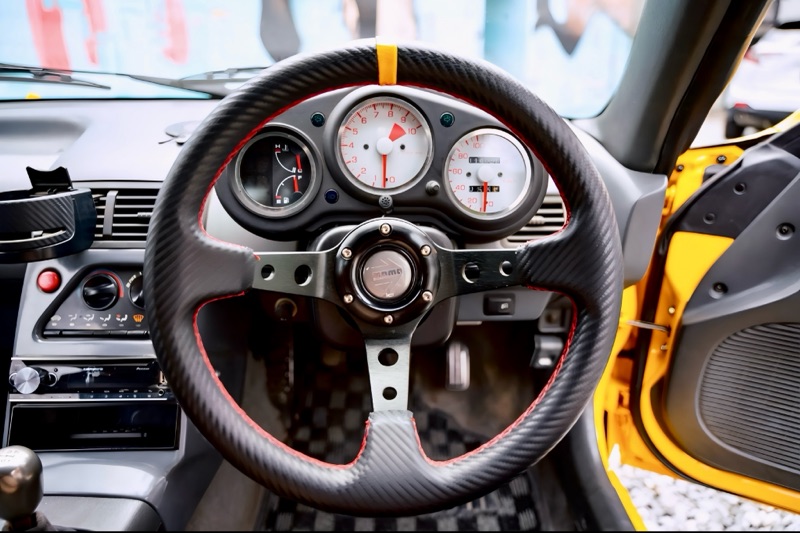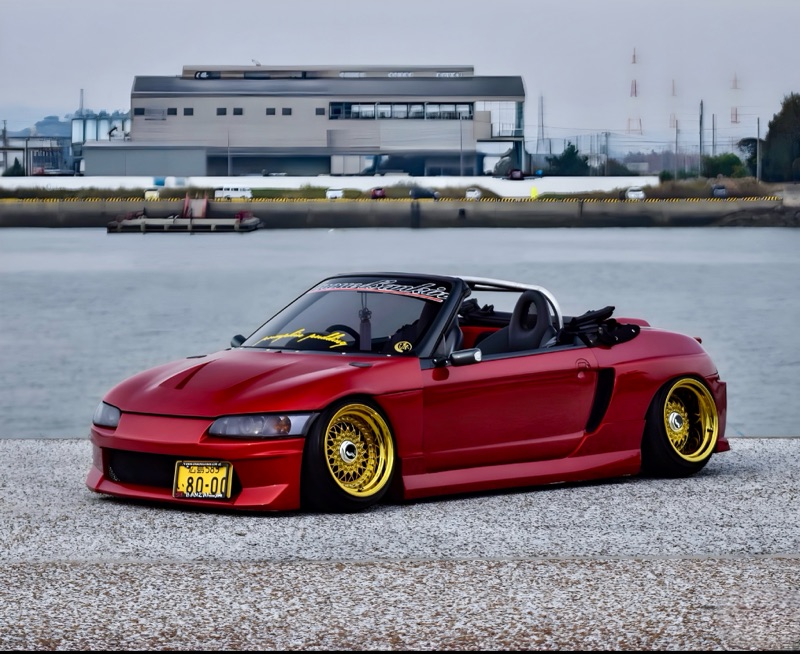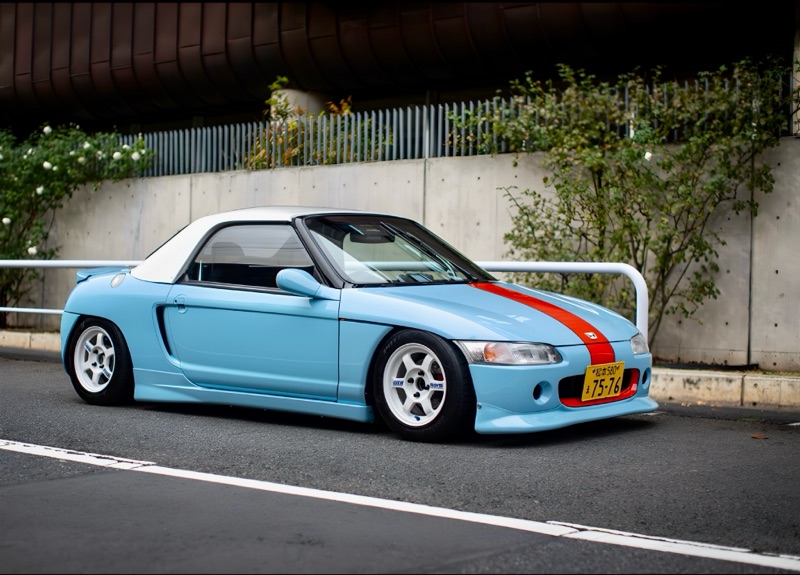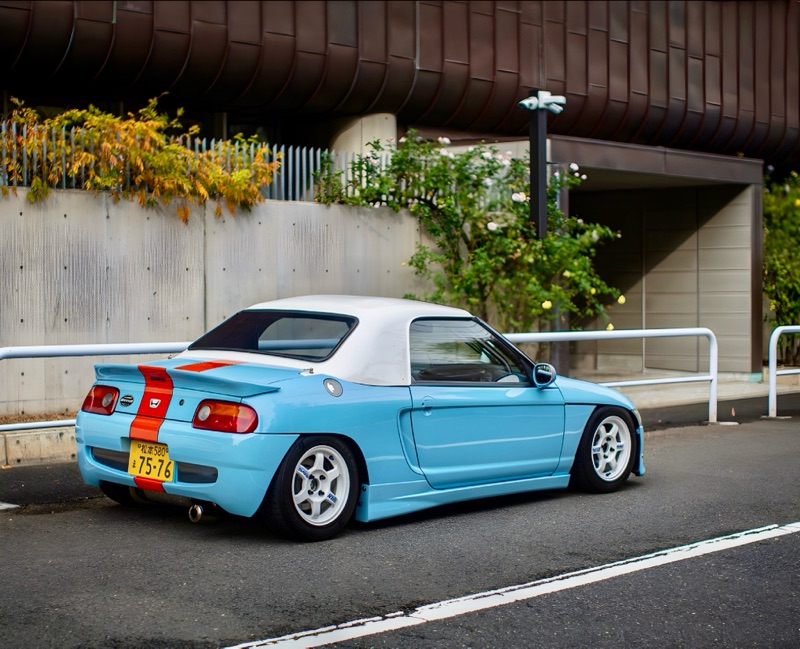Why the Honda Beat Is a Cult Classic
When you think of legendary JDM cars, names like the Nissan Skyline GT-R or Toyota Supra often come to mind. But tucked away in the annals of kei car history is a tiny roadster with a massive cult following: the Honda Beat. Despite its pint-sized proportions and modest horsepower, the Beat has carved out a unique place in Japanese car culture. Here’s why the Honda Beat is considered a cult classic among enthusiasts.
A Kei Car with Sports Car Soul
The Honda Beat, introduced in 1991, was Honda’s answer to the kei car sports segment, a niche yet passionate part of Japan’s domestic market. Built to comply with strict kei car regulations—limiting size and engine displacement—the Beat still delivered an exhilarating driving experience.
Powered by a naturally aspirated 656cc three-cylinder engine with MTREC (Multi Throttle Responsive Engine Control) technology, the Beat produced just 63 horsepower. Yet, thanks to its featherweight 760 kg curb weight and rear-wheel-drive layout, it offered an engaging and balanced drive that brought smiles at every corner.

Designed with Passion: The Pininfarina Touch
One of the most surprising facts about the Honda Beat is its design pedigree. While the body was finalized in-house, the initial concept was penned by none other than Pininfarina, the iconic Italian design house known for styling Ferraris. The Beat’s proportions—low, wide, and short—make it look like a pocket-sized exotic.
The open-top roadster body and mid-engine layout gave it the kind of presence rarely seen in cars this small. It was a true driver’s car built for city streets and twisty mountain roads alike.

Limited Production, Lasting Legacy
Honda only produced the Beat from 1991 to 1996, with around 33,600 units rolling off the production line. This limited run contributed heavily to its cult status. Unlike many kei cars built for utility, the Beat was purely about fun. It didn’t try to be practical—it was unapologetically spirited.
Today, the Beat’s rarity and character make it highly collectible, especially in markets like the U.S. where it became legal to import under the 25-year rule. Enthusiasts appreciate its analog feel, manual transmission, and raw driving experience in an age of digital everything.
JDM Street Cred and Online Fame

In recent years, the Honda Beat has found new life through social media, YouTube builds, and appearances in car culture communities online. Its quirky looks, rev-happy engine, and underdog status make it a favorite among JDM fans looking for something different from the usual skyline-silvia-supra trio.
Plus, the Beat is still relatively affordable compared to other JDM legends, making it a perfect gateway car for aspiring collectors or project builders.
The Honda Beat in 2025: Still Relevant
With the growing interest in vintage JDM cars and the increasing value of 1990s Japanese models, the Beat remains a strong contender in the cult classic scene. More and more examples are being imported, restored, and modified, helping preserve its legacy.
Owners often say the Honda Beat offers the purest driving experience of any kei car ever made. It’s not about speed—it’s about connection. The moment you slip behind the wheel, you’ll understand why this little roadster still beats in the hearts of car lovers around the world.

Final Thoughts
The Honda Beat is proof that you don’t need turbochargers, aggressive aerodynamics, or high horsepower to create an iconic JDM machine. Its charm lies in its simplicity, uniqueness, and the joy it brings to every drive. Whether you’re a die-hard collector or new to the world of Japanese classics, the Honda Beat is a cult classic worth celebrating.
Comments
Post a Comment